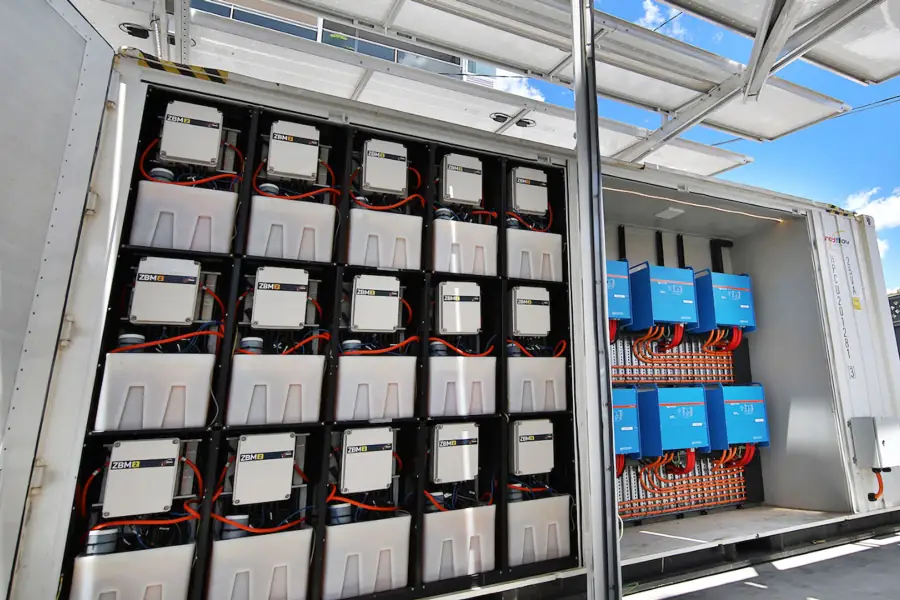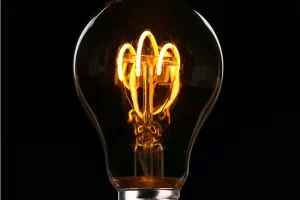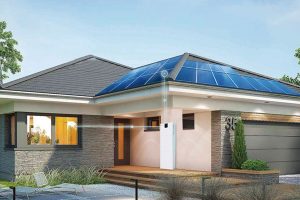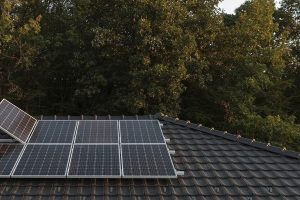As the demand for efficient and reliable home electricity storage solutions grows, flow batteries have emerged as a promising technology for residential applications.
Flow batteries offer unique advantages, such as scalability, long cycle life, and deep cycling capabilities, making them an attractive option for homeowners seeking to optimize their energy usage and reduce reliance on the grid.

In this article, we will explore the concept of using flow type batteries for electricity storage at home, examining their benefits, considerations, and potential challenges.
Are flow batteries viable option for home electricity storage?
Flow batteries can be a viable option for home electricity storage, although their suitability depends on specific requirements and considerations. Here we’ll discuss some important factors to consider when evaluating the viability of flow batteries for home electricity storage.
Flow batteries are scalable
Flow type batteries offer excellent scalability, making them suitable for larger-scale energy storage systems. If you have higher energy demands or anticipate the need for significant capacity expansion in the future, flow batteries can be a good choice.
Deep cycling and long cycle life
Flow type batteries can endure deep cycling, meaning they can be discharged and charged regularly without significant performance degradation. They often have longer cycle life compared to some other battery technologies, which can contribute to their durability and cost-effectiveness over time.
Capacity flexibility
Flow batteries typically provide flexibility in capacity adjustment since the energy storage is decoupled from power capacity. This means the power output can be adjusted independently of the storage capacity, allowing for customization based on specific energy needs.
Slow self-discharge
Flow type batteries generally have slow self-discharge rates, allowing them to retain stored energy over longer periods without significant losses. This characteristic is advantageous for applications that require infrequent or emergency use.
Higher upfront cost
One of the main limitations of flow batteries is their higher upfront cost compared to other battery technologies like lead-acid or lithium-ion. The cost per kilowatt-hour (kWh) of storage capacity can be relatively higher, which may impact the overall cost-effectiveness of the system.
Size and installation specifics
Flow batteries typically require more space due to the separate tanks for the electrolyte solutions. Adequate space and suitable installation considerations are essential when implementing flow batteries for home energy storage.
Considering these factors, flow type batteries are more commonly utilized in commercial and utility-scale applications due to their scalability and long cycle life. However, for homeowners with specific needs, larger energy requirements, or a desire for long-lasting, deep-cycling energy storage, flow batteries can be a viable option for home electricity storage.
What are pros and cons of using flow batteries for home electricity storage?
Using flow batteries for home electricity storage has its own set of pros and cons. Let’s examine them:
Pros of Flow type batteries:
- Flow batteries offer excellent scalability, allowing homeowners to easily expand their energy storage capacity as needed. This makes them suitable for accommodating varying energy demands over time.
- Flow batteries can endure a high number of charge-discharge cycles without significant degradation in performance. This extended cycle life contributes to their durability and cost-effectiveness over the long term.
- Flow batteries can be discharged and charged deeply, meaning homeowners can utilize a larger portion of their stored energy capacity. This flexibility is advantageous for applications with fluctuating energy demands.
- Flow batteries have low self-discharge rates, allowing them to retain stored energy over longer periods without significant losses. This characteristic is particularly beneficial for homeowners who require infrequent or emergency use of their stored energy.
- Flow batteries typically use non-flammable electrolyte solutions, reducing the risk of fire or explosion. This makes them safer to use in residential settings.
Cons of Flow type batteries:
- Flow batteries generally have a higher upfront cost compared to other battery technologies, such as lead-acid or lithium-ion batteries. The cost per kilowatt-hour (kWh) of storage capacity is relatively higher, which can impact the overall cost-effectiveness of the system.
- Flow batteries require larger physical space due to the separate tanks for storing the electrolyte solutions. Adequate space must be allocated for installation, which can be a limitation for homeowners with limited space availability.
- Certain types of flow batteries, such as vanadium redox flow batteries (VRFBs), may have limited commercial availability in some regions. Availability can vary, and homeowners may need to research and ensure the availability of suitable flow battery systems in their area.
- Flow battery systems can be more complex to install and maintain compared to some other battery technologies. Proper management of the electrolyte solutions, monitoring, and maintenance of the system components may require additional expertise or professional assistance.
- Flow batteries typically have lower energy density compared to some other battery technologies. This means they require larger physical space to store the same amount of energy, which may not be ideal for homeowners with space constraints.
When considering flow batteries for home electricity storage, it’s crucial to evaluate these pros and cons in relation to your specific energy requirements, budget, available space, and preferences.
Which manufacturers make flow batteries for home use
Several manufacturers produce flow type batteries suitable for home use. Here are some well-known manufacturers in the flow battery industry.
Redflow Limited
Redflow is an Australian company specializing in zinc-bromine flow type batteries. They offer residential flow battery systems designed for home energy storage applications.
ESS Inc.
ESS Inc. is a US-based company that produces iron flow type batteries for various energy storage applications. They offer flow battery systems that can be utilized in residential settings.
Primus Power
Primus Power is known for its zinc-iron flow batteries, designed for long-duration energy storage. They provide flow battery systems suitable for residential use and have a focus on high efficiency and long cycle life.
These are just a few examples of manufacturers that produce flow type batteries suitable for home use.
What are the best alternatives for flow batteries for home electricity storage
While flow batteries offer unique advantages for home electricity storage, there are several alternatives worth considering. Here are some of the best alternatives to flow batteries for residential energy storage:
- Lithium-ion Batteries. Lithium-ion (Li-ion) batteries are the most widely used alternative to flow batteries for home energy storage. They offer high energy density, long cycle life, and excellent efficiency. Lithium-ion batteries have become increasingly affordable and are available in a range of sizes and capacities suitable for residential applications.
- Lead-acid Batteries. Lead-acid batteries, although traditionally used, still serve as a viable option for home electricity storage. They are cost-effective, have a proven track record, and are readily available. However, lead-acid batteries have lower energy density and shorter cycle life compared to flow batteries and lithium-ion batteries.
- Sodium-ion Batteries. Sodium-ion batteries are an emerging technology that shows promise for home energy storage. They share similarities with lithium-ion batteries but use sodium ions instead of lithium ions. Sodium-ion batteries have the potential for lower cost and greater availability of raw materials, but they are still in the early stages of development and commercialization.
- Nickel-Iron Batteries. Nickel-iron (NiFe) batteries have been around for a long time and are known for their durability and long lifespan. They can withstand deep cycling, high temperatures, and overcharging. However, NiFe batteries have lower energy density and lower efficiency compared to some other battery technologies.
- Hybrid Energy Storage Systems. Another alternative is a hybrid energy storage system that combines different battery technologies. For example, combining lithium-ion batteries for high-power applications with lead-acid batteries for long-duration energy storage can provide a cost-effective and balanced solution.
When choosing an alternative to flow batteries for home electricity storage, it’s crucial to consider factors such as energy density, cycle life, cost, available space, safety, and specific energy requirements. Each technology has its own advantages and limitations, and the choice depends on individual needs, budget, and preferences.
Conclusion
Flow type batteries offer a promising solution for home electricity storage, providing homeowners with scalable, long-lasting, and efficient energy storage capabilities. Their unique characteristics, such as deep cycling capabilities, long cycle life, and slow self-discharge rates, make them well-suited for residential applications.
While flow batteries bring significant advantages, such as scalability and durability, there are considerations to keep in mind. Factors like higher upfront costs, larger physical footprint, and limited commercial availability should be carefully evaluated when considering flow batteries for home electricity storage.
When assessing the viability of flow batteries for home electricity storage, it is important to consider individual energy requirements, available space, budget, and preferences.



